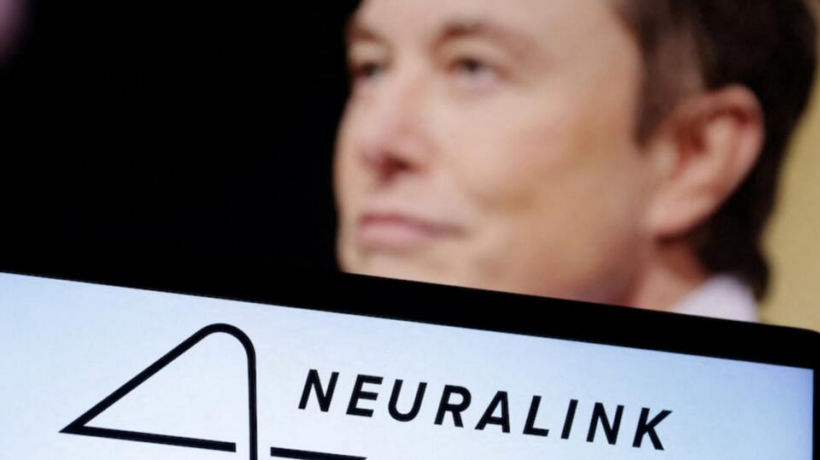In between the noise, Elon Musk has been leading a team that has managed to plant wires on a human brain. The wireless brain-computer interface (BCI) developed by one of Elon Musk companies, Neuralink, seeks to evaluate the safety of their implant and surgical robot and also assess the initial functionality of the BCI for enabling people with quadriplegia and difficulty of movement to control external devices with their thoughts. If they succeed, in the near future human beings will have the ability to issue commands to computers via thoughts.
In simple terms, this means one day our brains will carry out functions that were executed by keyboards and computer mouses. Our thoughts will enable us to make phone calls and we could even open doors by just thinking. Although this may occur in the distant future we need to reflect on these developments now. It raises a number of questions that ought to be answered before we discover negative consequences that often come with innovation. At the same time, the research at Neuralink offers us an opportunity to allow innovation to transform lives.
When Elon Musk was presenting the first Telepathy (as it’s known by Neuralink team) he also mentioned that it could also cure blindness at some point. Some are concerned about such technological advancements and there’s already an interest to throw a rule book. Should we therefore allow regulators to stand in the way of health innovations due to fear of unintended consequences? How should we handle innovations that have a direct impact on human lives? There are no easy answers to these questions. Our experience with innovation tells us that we need to strike a balance that can allow progress while enabling necessary guardrails. Are we not at a point where there’s a need for us to create innovation zones or safety spaces to carry our research that could have an impact on human lives? There’s a difference between deploying an Uber solution which challenges traffic and transport regulations and deploying a technology solution that is embedded on a human body. Consequences of implementing solutions on nonhuman physical infrastructure and humans may require a different approach to implement technology solutions. We know it’s possible for innovations to yield negative outcomes and the interruptions on human lives have been minimal. We are now getting to a point where such human interruptions may be greater. As a society there’s a need to be ready for the Neuralink type innovations. There’s a need for new interventions that will enable progress while safeguarding lives. We don’t have such interventions yet. Failure to create them may lead to disastrous consequences. Future innovations will require new rules of engagement. We need them before we are surprised by an unstoppable tsunami of human beings embedded with wires. To solve this one we will need Authentic Intelligence instead of Artificial Intelligence. Human beings with brains will need to sit down and think deeply about how human beings could be impacted by technological advancements in their bodies. At the same they will have to consider the benefits for those whose lives is limited by lack of solutions to their challenges. Such a group of human beings will need more than just health professionals, but ethicists, technologists, and socioligists to map out a charter that will guide as we move innovation beyond just physical objects to human beings. The sooner we act on this one the better our better and safer our lives will be in the age of tech is beginning to merge with human beings.
Wesley Diphoko is technology analyst







